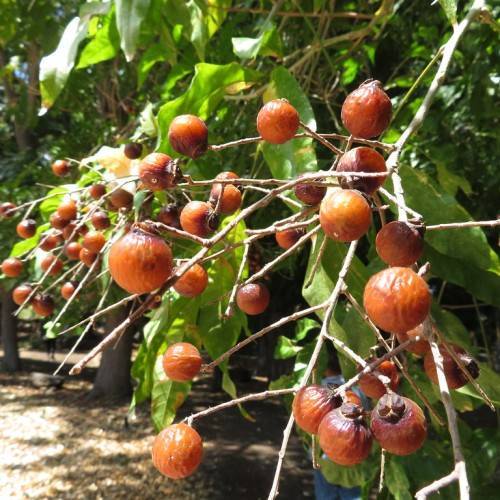
soapberry
Sapindus saponaria
Cycle:
Perennial
Watering:
Frequent
Hardiness Zone:
9 - 11
Flowers:
Flowers
Sun:
full sun
Fruits:
Fruits Ready In Summer
Edible:
Yes
Leaf:
Yes
Growth Rate:
Low
Maintenance:
Moderate
Drought Tolerant:
Yes
Salt Tolerant:
Yes
Thorny:
Yes
Invasive:
Yes
Tropical:
Yes
Care Level:
Medium
watering
Soapberry plants should be watered for about 15 minutes twice per week during the summer months and once every 10-14 days during the winter. Water should be applied to the soil until it is evenly moist but never soggy. If the soil is dry, it should be lightly soaked until water begins to flow out of the drainage holes. Avoid overwatering as this can lead to root rot and other soil-borne diseases.
sunlight
Soapberry (Sapindus saponaria) plants require full sun for optimal growth, typically 6-8 hours of direct sunlight throughout the day. This species thrives in warm climates with consistent, bright light. It is best to plant soapberry in an area that receives sun all day, such as a southeast or southwest exposure. If soapberry plants are located in an area that does not receive full sun, it is important to provide ample supplemental lighting.
pruning
Soapberry trees (Sapindus saponaria) should be pruned twice yearly. Pruning in late winter, when the tree is dormant, will help ensure the tree is shaped properly and that it grows in a balanced shape. Pruning should be done when no leaves are present so that it is easier to differentiate healthy branches from weaker ones. Spring pruning should be done just after the growth period ends. This will help maintain the shape of the tree. Dead, crossing, and weak branches should be removed. The tree typically does not need much pruning as it naturally grows in an undemanding shape.
